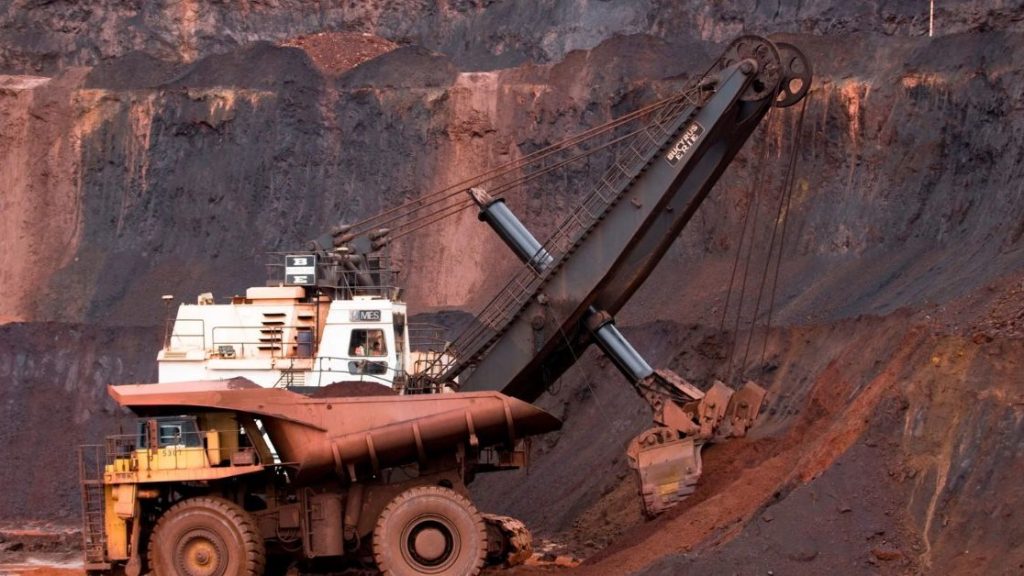Chile’s mining industry is eager to use green hydrogen to facilitate decarbonization. Examples include an Anglo-American megaproject in Metropolitan and Valparaíso regions, and Antofagasta Minerals’ participation in developing a hydrogen powertrain to be used in mining trucks.
But green hydrogen could also be useful to power heating and drying processes or smelting and refining facilities, among others. “Hydrogen systems provide a clean and constant source of energy, allowing more efficient operation and greater autonomy compared to diesel vehicles. This can translate into higher productivity and profitability for mining companies. It brings innovation and technological leadership, and it could position Chile’s mining industry as a benchmark in the adoption of clean and sustainable technologies. This will attract more investment and international cooperation, strengthening the country’s reputation for green mining,” says Javier Jara, a former Deputy Director of Geological Service Sernageomin and currently Managing Partner at Estribor Consulting Group.
A green hydrogen roadmap
A clear and stable regulatory framework must be established to promote production, use and export. This implies policies and regulations that encourage investment, simplify procedures and provide certainty to those who develop projects.
Academic training should also be strengthened to create technical and professional capacities in areas such as production, storage, distribution and applications. Along with this, promoting public-private cooperation is important, as well as the relationship between academia, industry and research centers to develop technologies.
This way, Chile can make the most of its green hydrogen potential as a sustainable and cost-effective solution to energy and environmental challenges.
A recent McKinsey study found that large mining operations in Chile could work with zero-emission trucks starting in 2030-35, generating 30% of national hydrogen demand. But, the technologies are in early development and not fully commercialized. More investment in research, development and testing is required to improve the efficiency and reliability of this technology.
It is also necessary to develop an adequate infrastructure for production, storage and distribution to supply mining trucks. This implies having charging stations and expanding production capacity. On the other hand, the profitability of transitioning mining trucks to zero-emission technologies must be demonstrated, generating a return on investment that is attractive for mining companies. This can be achieved by optimizing operating costs, improving efficiency and increasing the useful life of vehicles.
Tags: Decarbonisation, Green Hydrogen, Mining



Recent Posts
IMI Greater Noida Signs MoU with IME (I) to Launch A New Student Chapter
GCMD Completes World’s First Pilot Demonstrating Full Carbon Value Chain from Ship-Captured CO2 in China
NH3 Clean Energy Raises $710,000 to Advance WAH2 Clean Ammonia Project
Coventry University Collaborates with Indian Institutions to Advance Hydrogen Fuel Cell Education
Magenta Mobility partners with MOVER to power sustainable last-mile deliveries across India
Union Home Minister Amit Shah Visits Greenzo Energy’s Green Hydrogen Facility in Sanand
Godrej Enterprises Group (GEG) powers India’s smart, sustainable logistics future
Delhi Expands Electric Bus Fleet with Launch of 100 New DEVi Buses to Boost Green Mobility